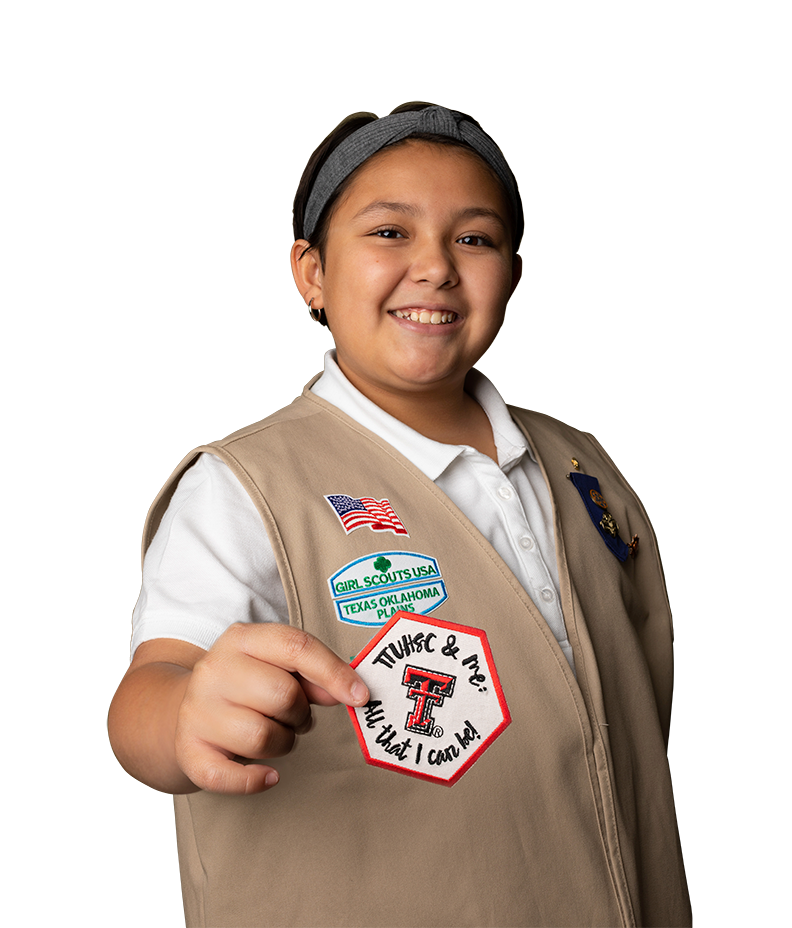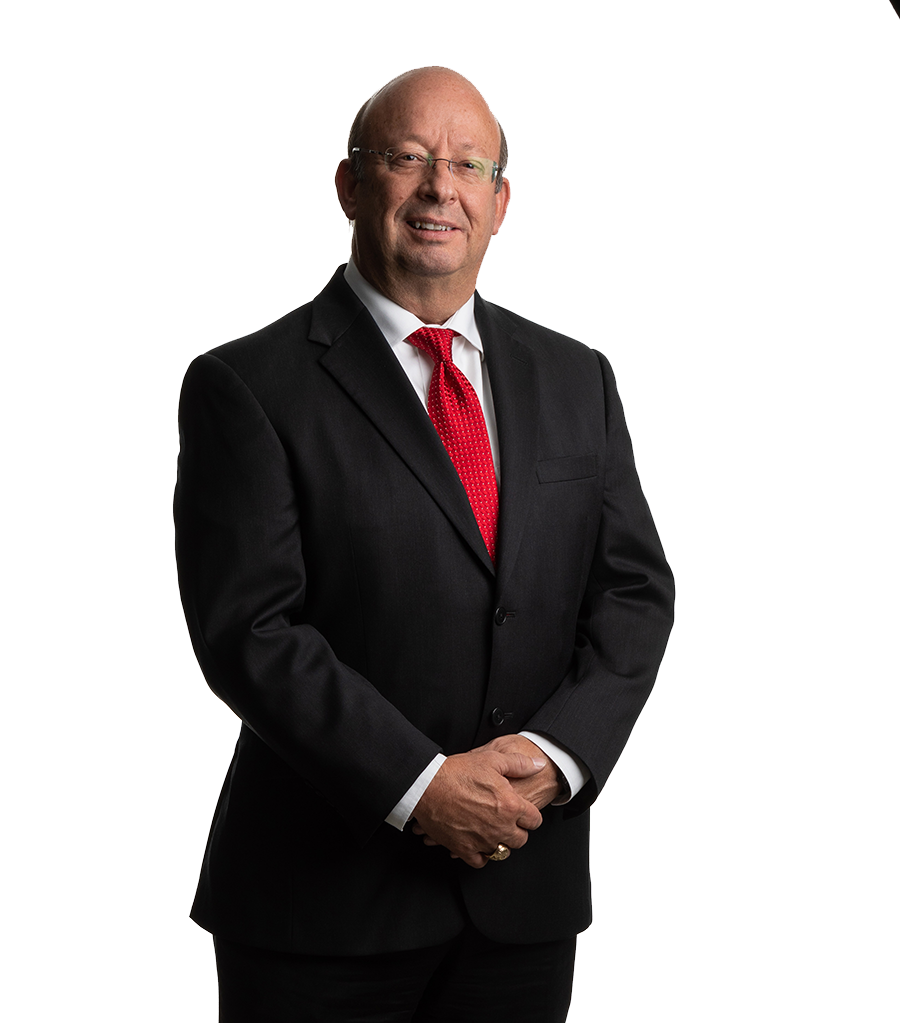Scope
 By 2030, Texas is anticipating a shortage of 45,000 nurses — ranked as the state with
the second largest shortage in the country, according to the National Center for Health
Workforce Analysis. TTUHSC School of Nursing is combating this statistic in creative
ways — including a partnership with select Girl Scouts service units.
By 2030, Texas is anticipating a shortage of 45,000 nurses — ranked as the state with
the second largest shortage in the country, according to the National Center for Health
Workforce Analysis. TTUHSC School of Nursing is combating this statistic in creative
ways — including a partnership with select Girl Scouts service units.
The School of Nursing has invited both Girl Scouts of the Desert Southwest in the Permian Basin and Girl Scouts of Texas Oklahoma Plains in Lubbock to events educating fourth and fifth grade girl scouts on the nursing profession. At the end of these education events — which cover topics including from CPR training, situational awareness, bullying and personal hygiene — girl scouts earn the “TTUHSC & Me: All that I can be!” badge.

Terry Hill, DNP, (Nursing '19)
Assistant Professor, School of Nursing
“Coming in low over an eastern New Mexico hospital, we are there to pick up a man in his late 50s in critical condition from a massive heart attack. We have a 45-minute flight back to Lubbock where he can get world-class care from a team of cardiologists at UMC Health System. We just have to get him there alive. The medical protocol is to give atropine for symptomatic bradycardia, but the doctor is not there. I am. For that instant, a critical medical decision is solely up to me. I’m thinking, ‘A patient with a heart rate of 24-26 beats per minute is alive.’ It’s a critical call. What would you do?”
With that Terry Hill, DNP, (Nursing, ’19) has the undivided attention of 150 undergraduate students in the School of Nursing. His stories from days in the emergency room, and later as a flight nurse, provide real-life scenarios that make Hill a popular professor and inspire his students.
“Nursing is a very personal profession because you’re taking care of a human who is relying on you,” he said. “If you want to teach nursing well, you better make it personal.”
Hill was not always a professor or even a nurse. He started his career as a plant breeder and seed scientist, which required constant travel to look at field trials and evaluate crop performance. One rare evening when he was at home with his family, his wife had a completely unexpected, severe seizure. Hill decided it was time to rethink his career. He also wanted more involvement with people, so he decided to enroll in nursing school.
“Some of what we face as nurses is truly horrifying,” he said. “It takes experience to get beyond some of that trauma and learn to make a good decision. I try to draw the students into a situation with me and make them feel like we’re making real-time decisions about a patient’s care.”
“I want to be a surgeon,” says Madelynn Contreras. “When my mom was little, she was
really sick. I want to be able to take care of sick children.” She may not have been
around when Doogie Howser, MD, was on TV, but she’s happily walking in his footsteps.
Madelynn is a 6th grader at Harmony Science Academy, which has partnered with the
TTUHSC School of Medicine to launch its new Middle School to Medical School program
(M to M). This Title 1 charter school is the pilot school for the program where TTUHSC
medical students will host monthly outreach activities with students such as taking
blood pressure, casting, using a stethoscope, and answering questions about the medical
field.

“We want to provide opportunities for middle school children to experience the world
of health care and hopefully inspire them to know they, too, can become a physician,”
said Felix Morales, MD, School of Medicine associate dean for admissions and diversity.
M to M is targeted to those who are socially and economically disadvantaged. According
to the Association of American Medical Colleges, the earlier children are exposed
to careers in medicine, the better chance they will have in actually pursuing a degree.
“I can eat again,” said Shatori Wilson to Maria Serrano with the ABC news affiliate in Amarillo. “I didn’t realize how crazy I was feeling not being able to eat my mom’s pot roast!”
Wilson developed a rare disorder that prevented her from swallowing food. The lower esophageal sphincter — closed when not eating to prevent stomach acid coming back up the esophagus — doesn’t relax to allow food to pass to the stomach in patients with this disorder, called Achalasia. She had already lost 60 pounds and was desperate for help.
An operation called the POEM (per oral endoscopic myotomy) consists of a doctor inserting a scope through the mouth, tunneling through layers of the esophagus and cutting the muscle restricting the flow of food. An operation of this kind has never been done in the Panhandle. Until now.
Hassan Ahmed, MBBS, MRCSI, assistant professor in the School of Medicine Department of Surgery in Amarillo, performed the first POEM operation in the Panhandle in August. “It’s a commonly performed procedure, you just have to have someone trained to operate with the equipment,” he said.
“Not being able to swallow food, you’re not getting any of the nutrients — there was no nausea involved, I never felt sick. I just couldn’t swallow anything,” Wilson recalled. “Social outings weren’t that fun because I couldn’t eat anything.”
It’s been a slow process of drinking a lot of water, taking small bites and chewing thoroughly, but Wilson is eating again and getting her life back.

